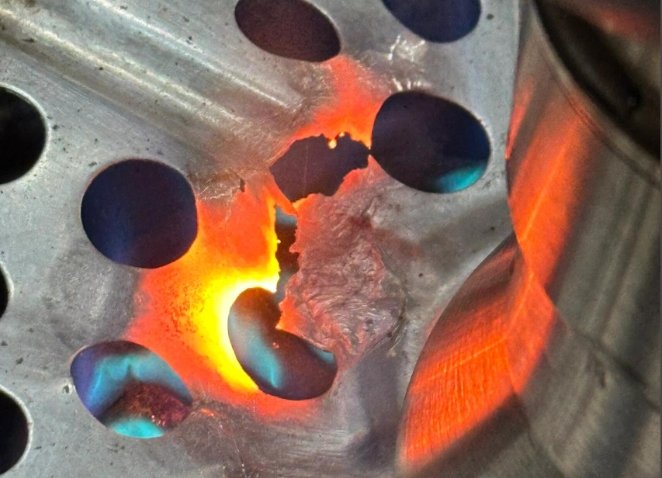Modern electronics rely on a tiny layer of material to keep temperatures under control. This substance, often called thermal paste, plays a critical role in protecting high-performance parts like processors and graphics cards. But what happens if it accidentally touches sensitive transistors or circuits?
Most thermal interface materials use silicone as a base, blended with particles like aluminum oxide or zinc oxide. These additives boost heat transfer by filling microscopic gaps between metal surfaces. Yet their electrical properties matter just as much as their thermal performance.
Engineers design these pastes to act as insulators, preventing stray currents from damaging components. Even premium brands prioritize safety—ensuring efficient cooling without creating pathways for electricity. One wrong ingredient could turn a cooling aid into a catastrophic conductor.
This article explores how these materials work, why their non-conductive nature matters, and what risks arise from improper use. You’ll learn how to choose the right thermal paste for your build and avoid common pitfalls that endanger delicate hardware.
Understanding Heat Sink Compounds and Thermal Paste
High-performance electronics generate significant heat during operation. Managing this thermal output requires materials engineered to bridge gaps between surfaces. Thermal pastes, also known as thermal interface materials, serve this critical role by optimizing contact between processors and cooling hardware.
What Are Thermal Pastes and Their Functions?
These viscous substances consist of silicone blended with particles like aluminum or zinc oxide. Their primary purpose is to eliminate microscopic air pockets between a CPU and its cooler. Even polished metal surfaces have imperfections—tiny valleys that trap insulating air. A thin, uniform layer of paste displaces these gaps, creating a seamless path for energy movement.
How Thermal Paste Enhances Heat Transfer
Efficiency depends on the material’s ability to conform to surface irregularities. Premium formulas use metal oxides to boost thermal performance without electrical risks. Proper application involves spreading a pea-sized amount evenly across the processor. Too little leaves coverage gaps; excess creates messy spills.
Different formulations cater to specific needs. Ceramic-based options suit budget builds, while liquid metal variants cater to extreme overclocking. Industry guidelines from trusted sources like Arctic Silver’s website emphasize technique precision. Correct usage ensures components stay within safe temperature thresholds, extending hardware lifespan.
Is heat sink compound conductive
Electronic systems demand materials that excel at moving energy while blocking unwanted current flow. This dual requirement shapes how engineers design interface substances for thermal management.
Thermal vs. Electrical Conductivity Explained
Thermal conductivity measures how well a material transfers energy from hot surfaces. Electrical conductivity tracks electron movement through substances. Most thermal pastes prioritize the first property while minimizing the second.
Metal oxides like aluminum oxide create efficient thermal bridges. Their structure allows vibrations (phonons) to carry energy without free electrons. Silicone bases act as insulators, preventing accidental current paths between components.
Material Composition and Its Impact on Conductivity
Premium blends combine silicone with ceramic or oxide particles. These mixtures fill microscopic gaps in metal surfaces. High-end formulations achieve thermal transfer rates exceeding 12 W/mK while maintaining electrical resistance above 10^12 ohms.
Liquid metal pastes break this pattern. Containing gallium or indium alloys, they conduct both heat and electricity. Such variants require extreme caution around exposed transistors or circuitry.
Industry standards like IEC 60664-1 specify clearance distances for electrically conductive materials. Repair manuals from Dell and HP warn against using metallic pastes near capacitor arrays or voltage regulators. Proper selection ensures cooling efficiency without compromising component safety.
Applications and Safety Considerations for Thermal Paste
Precision matters when working with temperature-sensitive hardware. A single misstep during installation could compromise performance or create hidden dangers. Proper material selection and application discipline form the foundation of reliable thermal management.
Mastering the Application Process
Start with a rice-grain-sized dot of thermal paste at the CPU’s center. Spread it using a plastic applicator or credit card edge for uniform coverage. This method prevents excess from oozing toward capacitor clusters during cooler installation.
Liquid metal variants demand extra caution. Apply sparingly using included brushes, avoiding contact with aluminum heatsinks. Cleanup requires isopropyl alcohol and lint-free wipes—never paper towels that leave fibers.
Navigating Electrical Hazards
Electrically conductive pastes like gallium alloys can bridge traces if misapplied. Always mask surrounding components with non-conductive tape before application. Products such as Kooling Monster KOLD-01 use ceramic formulas to eliminate this risk entirely.
Inspect motherboards after installation. Tiny silver droplets near voltage regulators signal dangerous spillage. Recheck coverage every 2-3 years during maintenance—dried paste loses effectiveness and may crack.
Manufacturer guidelines often specify maximum safe layer thickness. Exceeding these limits reduces cooling efficiency by creating insulation barriers. Trust established brands’ online resources—their testing data ensures compatibility with modern hardware designs.
Conclusion
Effective thermal management hinges on selecting materials that balance performance with safety. High-quality thermal paste bridges gaps between processors and cooling hardware while blocking electrical flow. Silicone-based formulas with aluminum or ceramic particles remain the safest choice for most builds.
Proper application techniques prevent messy spills near sensitive circuits. A rice-grain-sized dot spread evenly ensures optimal heat transfer without excess. Avoid liquid metal variants unless handling specialized equipment—their conductive nature risks shorting unprotected components.
Manufacturers design these compounds to excel at moving energy, not electrons. This critical distinction protects your CPU and motherboard during intense workloads. Always check product specifications for non-conductive certifications before purchasing.
Time-tested silicone blends outperform risky alternatives for everyday use. By understanding material properties and application protocols, users achieve peak cooling efficiency without compromising hardware integrity. The right thermal paste safeguards your system while keeping temperatures firmly in check.






